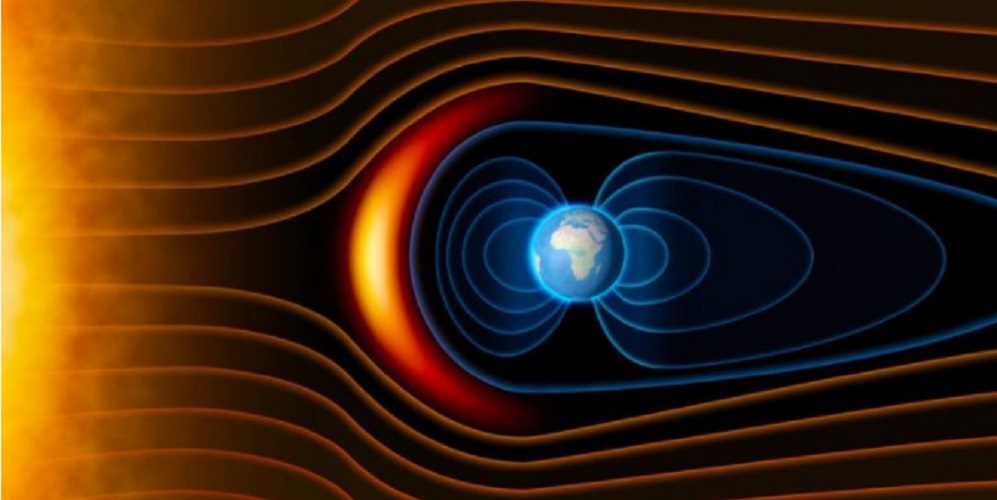What is the northern lights?
We explain what the aurora borealis is, how it is produced and where it can be seen. In addition, the northern lights of Iceland, Canada and Norway.
-
What is the northern lights?
The polar aurora ( aurora polaris ) is an atmospheric phenomenon that occurs in certain regions of the planet, in the night sky of certain annual periods. It is characterized by the appearance of colored lights in elongated shapes on the sky .
They occur near the poles and are called aurora borealis if they occur in the northern hemisphere . Those that occur in the southern hemisphere are called southern auroras. This phenomenon has intrigued humanity since time immemorial, and was associated with snakes or dragons that furrowed the sky, or particular gods.
His scientific study began in the seventeenth and eighteenth centuries, until he discovered that these are particles ejected by the Sun in their periodic combustion and that they crash into the magnetosphere of our planet. In 1896 the Norwegian physicist Kristian Birkeland managed to reproduce them in the laboratory, greatly facilitating their understanding.
Polar auroras can best be seen between September and March (northern hemisphere) or between March and September (southern hemisphere). Its shape, colors and duration can vary greatly, oscillating between silhouettes near the horizon and beams of light that cover the entire sky, tending to disappear as the dawn approaches.
-
How does a northern lights occur?

Polar auroras occur when the magnetic layer that surrounds our planet, known as the magnetosphere, comes into contact with a diverse series of charged solar particles , coming from some ejection of the king star into space. These ejections are known as solar wind .
These particles travel at approximate speeds of 490 to 1000 kmps, covering the distance between our planet and the center of the Solar System in just two days. However, when they approach our atmosphere, the Earth’s magnetic field repels them, and they flow around the planet as does the water of a river in front of a stone, following the pattern of the magnetosphere.
A few particles are trapped in the magnetosphere , charging the atoms of the upper layers of our atmosphere , which release excess energy in the form of visible light . It is a process similar to what happens inside the neon tubes.
-
Where do the northern lights look?
As we have said, polar auroras are usually seen in the vicinity of each Earth pole, although it is possible to observe them for brief periods in other regions. This depends on the intensity of the solar activity. The most common auroras observation areas are:
- Northern Hemisphere . The coasts of Iceland are a frequent observation point from late August to April, as well as in Alaska, United States, specifically in the vicinity of Denali National Park. The same in the Canadian Northwest Territories, near the population of Yellowknife, or in the largest urban region of northern Norway, very close to the Arctic Circle, in Tromsǿ.
- Southern Hemisphere . The southern auroras in southern Tasmania, Australia and New Zealand are famously beautiful and can be seen throughout the year. However, the best location for this is Antarctica itself, the frozen continent, at least on its habitable coasts that face the South American cone. In that sense, the last cities and regions of Argentina and Chile may also be points of eventual observation, such as the island of Ushuaia.
-
Northern Lights in Iceland

Iceland has regions near the Arctic circle that are ideal for observing auroras, especially between September and March, between 6:00 p.m. and 4:00 a.m., on the north coast of the Island. It should be taken into account that it is a sparsely populated region compared to the warmer south coast, where the capital Reykjavik is located.
-
Northern Lights in Canada

The Northern Lights in Canada can best be seen between October and March , in the period of greatest darkness, although they are present throughout the year. The ideal territories to do so are in the northwest region and in the Yukon, especially in Whitehorse, Yellowknife, Tuktoyaktuk, Nunavut, Manitoba, Kuujjuaq or British Columbia and Alberta.
-
Northern Lights in Norway

In principle, the auroras can be seen from all over the country , although obviously the best regions are around the border with the Arctic circle and the best time between September and March. The Lofoten Islands and the coast to Cape Verde are good observation points, as well as Tromsǿ.
-
Southern aurora

The southern auroras are as beautiful as the northern lights, and do not have any distinction except that they are in the southern hemisphere . However, they are less famous because there are no populations near the South Pole, but the population of Antarctica is limited to the inhabitants of the scientific and military bases.




